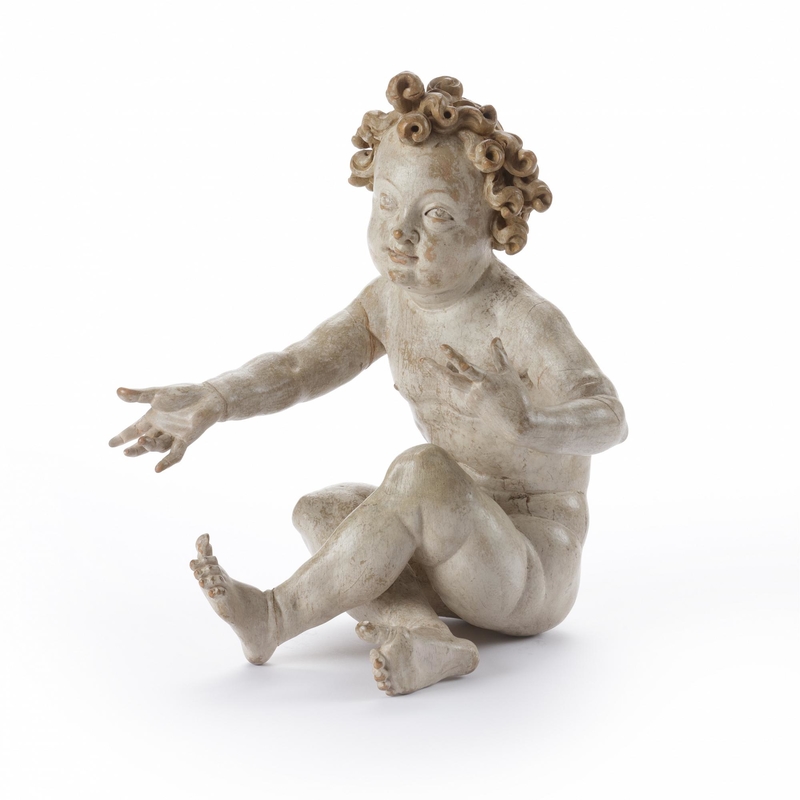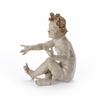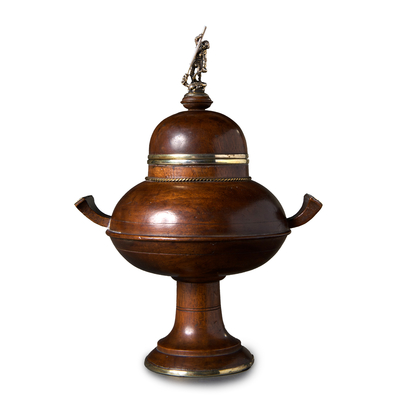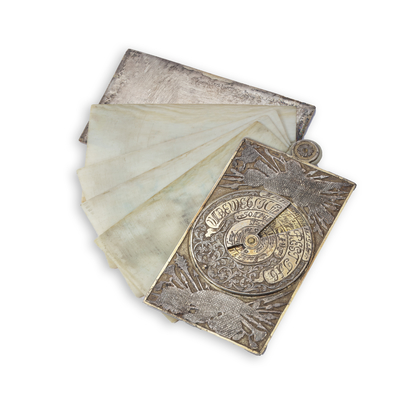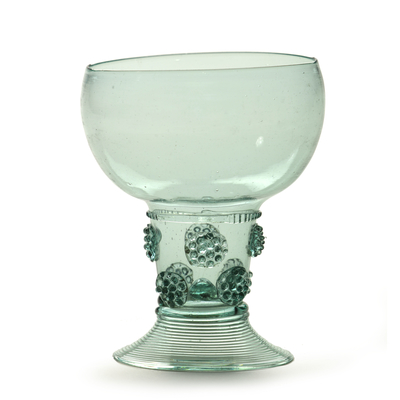Attributed to Martin Zürn, Christ Child
Global shipping available
- Origin
- Braunau am Inn, Bodensee, Germany
- Period
- C. 1630
- Material
- Limewood with original polychromy and gilding
- Height
- 29.5 cm
- Width
- 26 cm
- Depth
- 19 cm
- Literature
C. Zoege von Manteuffel, Die Bildhauerfamilie Zürn. 1606-1666, Band 1 & 2, Weissenhorn, 1969, pp. 107 - 121, 335 - 337, 344 - 346, 393, 394, 399, 405 - 408, cat. no. 60, 72, 74, 213, 217, 218, 222, 237, 243.
- Provenance
Private collectie, Zuid-Duitsland
Mullany Haute Epoque Fine Art, Londen, 2015
Sotheby’s, New York, 2021
Questions about this object?
Please use one of the contact options below:
Description
This exquisitely carved Christ Child is attributed to the South German sculptor Martin Zurn. Zurn came from one of the most important families of sculptures of the late German Renaissance. The child has a seated pose, with his legs crossed and the soles of his feet visible. His arms are stretched out, with his left hand at shoulder height and his right hand with the palm facing forward.He is sitting slightly hunched over, with a tucked-up belly. He is sitting slightly hunched over, with a tucked-up belly. His thick, wavy curls fall like a halo around his face. He looks up with a gentle smile on his lips. The statue can be attributed with certainty to Martin Zürn, given the level of detail and craftsmanship, and comparable works by Martin Zürn around 1630.
The Zürn family, a sculptor dynasty from the region of Oberschwaben near Lake Constance, were active as sculptors for four generations and formed an important and influential workshop in Upper Austria and Southern Germany. The six sons of Hans Zürn the Elder (1555-60 -1631) were all trained as sculptors and actively continued their father's work. Jörg, the eldest son, and Martin became the most important sculptors in the family, which had specialized in wood carving for church art. The Catholic Counter-Reformation, which began with the Council of Trent (1545-1563), brought about a great deal of attention for the construction and renovation of churches and cathedrals, and the accompanying lavish altarpieces, statues and other interior furnishings. For the Zürn family, this resulted in many commissions for religious woodcarvings, such as the high altar in Überlingen. The children and grandchildren of one of Martin's brothers continued the studio until the 18th century.
The positioning of the Christ Child suggests that it was part of a composition with a Madonna statue, in which the child sits on Mary's arm, as in similar groups of statues in Wasserburg am Inn (1637/1639), Owingen (1627/1630), Rottum (1630/1640), Branau am Inn (1642) and Eggelsberg (1645) by the hand of Martin Zürn. The Saint Christopher composition by Martin Zürn in the Allerseelen-Altar in Überlingen (1634) also bears a strong resemblance to the Madonnas with Christ Child. The Christ Child in these statues has similar high, arched eyebrows, a narrow, long nose, thick curls, a relatively muscular torso and spread fingers. At the bottom of the statue are two holes, for attachment to the Madonna statue; the figures were made separately and later attached to each other.
On either side and on top of the head of the Christ Child are a number of holes, between the curls. It is possible that Christ originally wore a halo, like the Christ Child in the Muttergottes vom Rosenkranz-Altar in Owingen (1627 / 1630). This halo consists of three loose rays, attached around the head.
